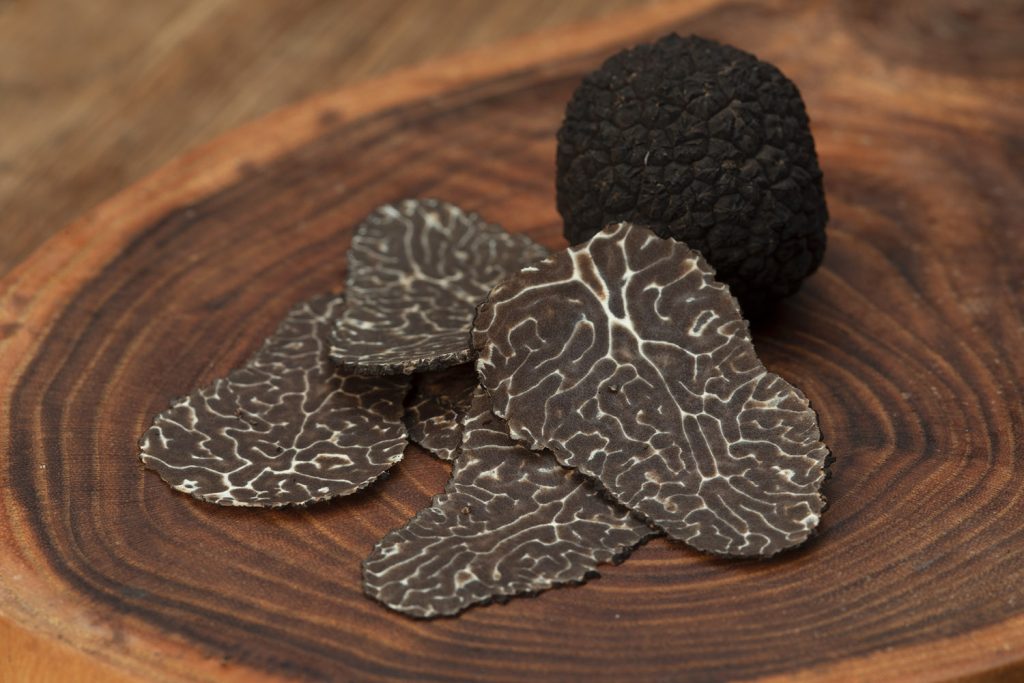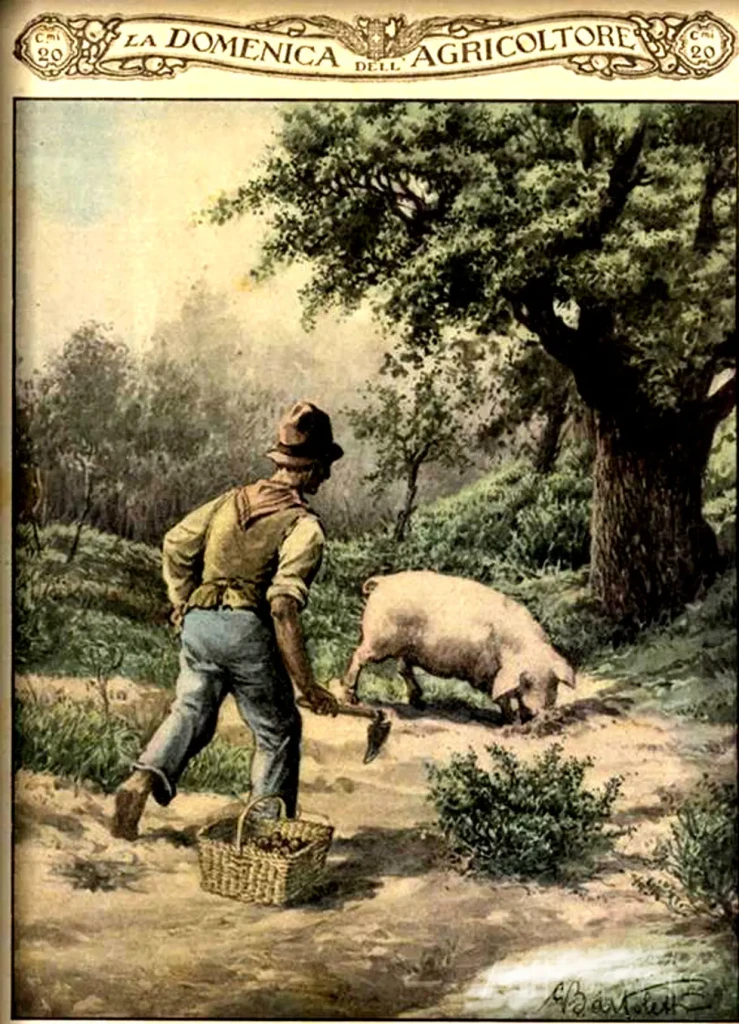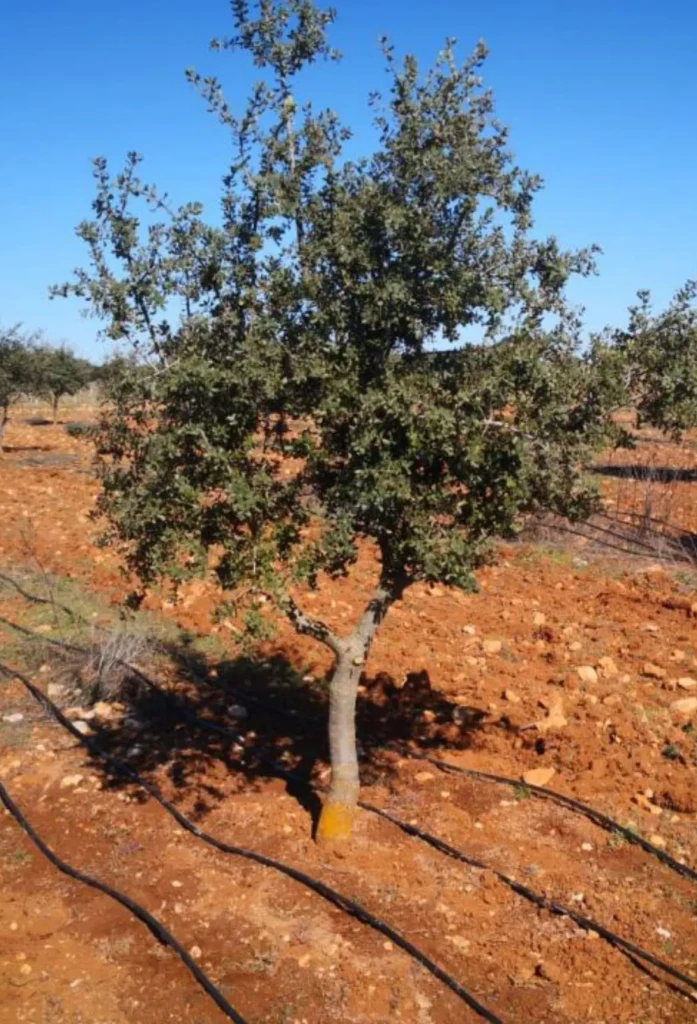A short summary of 20th-century French truffle research and cultivation—covering the decline of natural habitats and the rise of artificial plantations—along with names of key researchers and works.
Overview (20th century → today)
In the late 19th–early 20th century “golden age”, French truffle production exceeded ~1000 tons per year; more than half of French départements were major producers. After WWI, socio-economic changes (rural depopulation, decline in grazing, forest closure, mechanization of farming) caused natural production to fall drastically.
From the late 1960s, French (and Italian) researchers developed controlled mycorrhization techniques: inoculating tree seedlings with Tuber spores/mycelium to produce “truffle seedlings.” From the 1970s, large-scale production and trade of these seedlings launched modern truffle farming.
From the 1980s–2000s, plantations expanded strongly (with irrigation, soil preparation, management of the brûlé, row-spacing techniques). By today, 80–90% of French black truffle (Tuber melanosporum) production comes from plantations, while wild harvesting is only a minority.
Natural habitats vs. plantations
Declining wild habitats (Mediterranean calcareous oak mosaics): Over the 20th century, these habitats shrank and became more closed (loss of grazing and coppicing), reducing T. melanosporum fruiting. Multiple studies report a 10–50× decline in natural yields compared with ~1900.
Plantations: From the 1970s, certified truffle-inoculated seedlings became the foundation of modern plantations. According to INRAE, ~90% of French black truffle production now comes from plantations; independent studies also give figures above 80%.
Key researchers & milestones
INRA/INRAE Clermont-Ferrand (1968→):
Jean (J.) Grente & Gérard Chevalier — pioneers of controlled mycorrhization and plantation techniques; landmark publications from 1973–1979 (Mushroom Science, applied mycorrhiza synthesis).
Gérard Chevalier (later with H. Frochot) — ecology of habitats, plantation methods, INRA manuals.
Jacques Delmas — La truffe et sa culture (INRA, 1976/1983), an early handbook of modern truffle culture.
Regional networks (1980–2000):
Pierre Sourzat (Lot) with Jean-Marc Olivier & Jean-Claude Savignac — evaluation of plantations, practical manuals (Truffe et trufficulture, Fanlac, 2003).
Ecology & climate (2000→):
François Le Tacon — Les truffes. Biologie, écologie et domestication (monograph) and methodological works (e.g. “trapping” techniques to guide fruiting).
Claude Murat et al. — climate variability and market data, explaining annual yield fluctuations.
Studies on soil moisture–temperature as key variables in fruit body formation (Coquelin–Torre–Del-Négro, 2007).
Regional timeline (20th century–early 21st) showing key developments in French truffle research and cultivation:
Périgord (Dordogne, Corrèze)
Late 19th–early 20th c.: Leading truffle region; several hundred tons annually.
1920–1960: Decline as spontaneous oak groves close.
1980s: First modern plantations established by cooperatives.
2000–2020: Region marketed mainly as a gastronomic brand (Sarlat truffle fair), production mainly from plantations.
Vaucluse – Provence (Carpentras, Richerenches)
~1900: Major truffle market at Carpentras.
1920–1960: Yield halved as oak stands close.
1970s: Richerenches becomes the world’s largest truffle market; first plantation trials.
1990s–today: Vaucluse hosts a large share of plantations (irrigated, mechanized).
Drôme – Rhône-Alpes
1920–1950: Decline in spontaneous truffle stands.
1968–1975: INRA (Clermont-Ferrand/Rhône-Alpes) experimental plantations; first certified inoculated seedlings.
1980–2000: Drôme and Ardèche become centers of plantation expansion.
2010→: Regional networks (CRA–Rhône Alpes) study climate change impacts.
Lot – Sud-Ouest
~1900: Symbolic truffle region, but major decline by mid-20th c.
1970s: Experimental stations near Souillac created.
1980–2000: Pierre Sourzat (Cahors, then Souillac station) leads practical research.
2003: Publication of Truffe et trufficulture (Sourzat–Olivier–Savignac).
2010→: Lot as “model region” for plantation training and demonstration.
National / INRAE (Clermont-Ferrand, Nancy)
1968: Launch of INRA truffle domestication program (Grente, Chevalier).
1970–1975: First certified truffle-inoculated seedlings.
1980–1990: Mass spread of plantations; research on brûlé maintenance.
2000→: Le Tacon, Murat: ecology, climate, genetics.
2010–2020: Plantations supply 80–90% of French truffles.
Key works (selection)
Delmas, J. La truffe et sa culture. INRA, 1976/1983. (handbook).
Chevalier, G. – Grente, J. (1979 etc.) — controlled inoculation and plantation techniques (Mushroom Science, INRA reports).
Chevalier, G. – Frochot, H. La maîtrise de la culture de la truffe (INRA manual).
Sourzat, P.; Olivier, J-M.; Savignac, J-C. Truffe et trufficulture. Fanlac, 2003. (practical guide).
Le Tacon, F. Les truffes. Biologie, écologie et domestication (AgroParisTech).
Chevalier (1987) — overview of French research; Domestication history (Ruralia, 2004).







